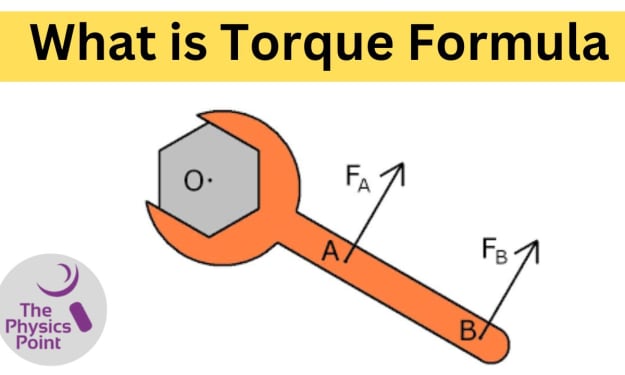Difference Between Mass and Weight With Example & Formula
Difference Between Mass and Weight

Hope you all are fine, and preparing for your exams with a lot of hard work. If you are preparing for 11th, 12th, NEET and JEE, then it is very basic and important for you to know about the Difference Between Mass and Weight. In this article, we are going to give you all the important special information about mass and weight. Friends, if you want to know about the Difference Between Mass and Weight, then read this article carefully till the end. So that you can get the correct information about Mass and Weight. By which you can get help in your study.
The Difference Between Mass and Weight is often asked in exams. Often students use the words mass and weight interchangeably, which is completely wrong. But in the field of physics, they have different meanings and implications. To understand scientific concepts, it is important to understand the difference between mass and weight. Be rest assured that today we will tell you the Difference Between Mass and Weight along with its Example & Formula, find out their respective units of Measurement and their importance in different contexts. And will also answer questions related to it.
What About Mass?
Mass is one of the fundamental quantities and the most basic property of matter. We can define mass as a measure of the amount of matter in a body. Mass is an intrinsic property of an object that remains the same under all circumstances.
- The SI unit of mass is kilogram (kg).
- It is a scalar quantity.
- Mass is a quantitative measure of inertia.
- The greater the mass of a body, the lesser will be the change when a force is applied.
Mass to Weight Conversion
Above we have given you complete information about the Difference Between Mass and Weight. To convert between mass and weight (force), apply Newton’s second law:
Force can be expressed as follows:
F = ma, or force = mass × acceleration.
Here, a is the acceleration due to gravity, which is roughly 9.8 m/s² or 32.2 ft/s² on Earth, m is the object’s mass, and F is the force due to gravity (i.e., the weight).
The Function of Weight and Mass in Daily Life
Above we have given you complete information about the Difference Between Mass and Weight. If observed, weight and mass have a special impact in our daily life. Our daily lives are significantly impacted by mass and weight. We can calculate the amount of effort needed to lift or move objects by knowing their weight. Conversely, mass enables us to comprehend the physical characteristics of entities as well as the amount of matter they contain.Read More...
About the Creator
The Physics Point
Welcome to The Physics Point. The Physics Point is a Science Website which you will learn about topics related to Physics Fundamentals, Thermodynamics, Work Energy and Power, Measurements, Current Electricity, Atoms Nuclei, Reaf More..
Enjoyed the story? Support the Creator.
Subscribe for free to receive all their stories in your feed. You could also pledge your support or give them a one-off tip, letting them know you appreciate their work.






Comments
There are no comments for this story
Be the first to respond and start the conversation.